Engine valves are mechanical parts that allow or stop fuel and airflow into and out of the combustion chambers or cylinders while the engine is running.
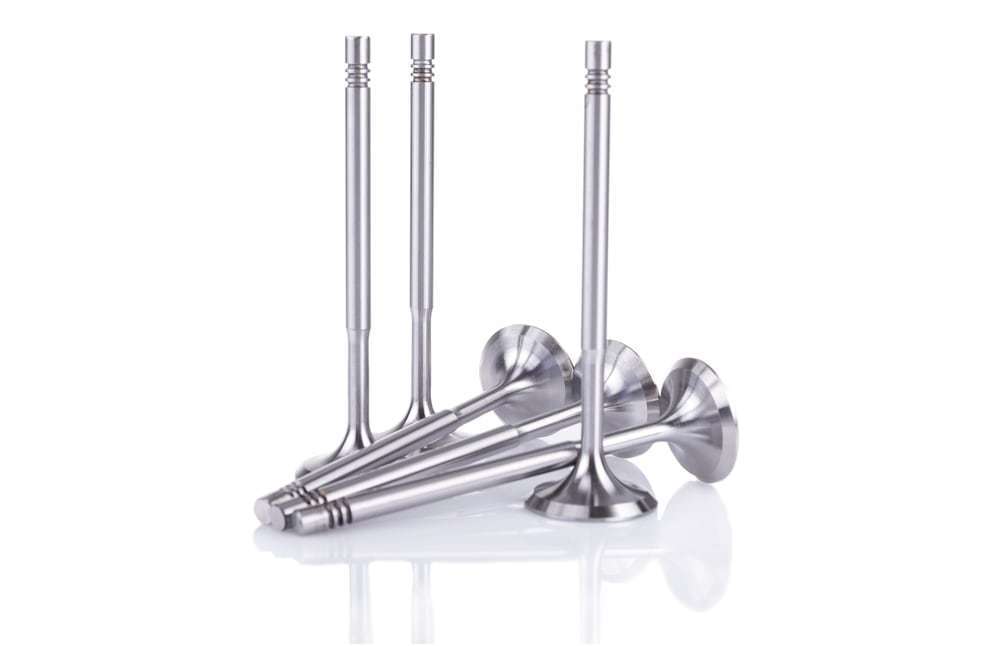
If your engine has a burnt valve, you’ll likely notice one or more troubling symptoms that you should address immediately.

What causes a valve to be burnt?
What is burnt valves?
Valves can bend, break, or burn. If the valves aren’t sealed properly, for whatever reason, the hot combustion gases force out the valve, where they build up heat and pressure and burn away the edge of the valve. Immediately.
When one of the valves gets too hot, it can get burnt. This causes the cylinder to leak, which will result in low compression.
What does a burnt engine valve look like?

Burnt Engine Valve symptoms
The Main symptoms of a burnt engine valve is: rough running and Misfire
A cylinder with a burned valve will not seal properly, resulting in a loss of compression. As a result, the engine will begin to misfire and run roughly.
Hard starting and running rough
Typically if you have a burnt-out valve, your engine will still start, but it could be hard to start, and also, it will run quite rough. You will see the shaking of the engine if you open the hood. As the engine revs up, it will appear to be smoothing down, but you will still feel the rough running of the engine whether it s hot or cold.
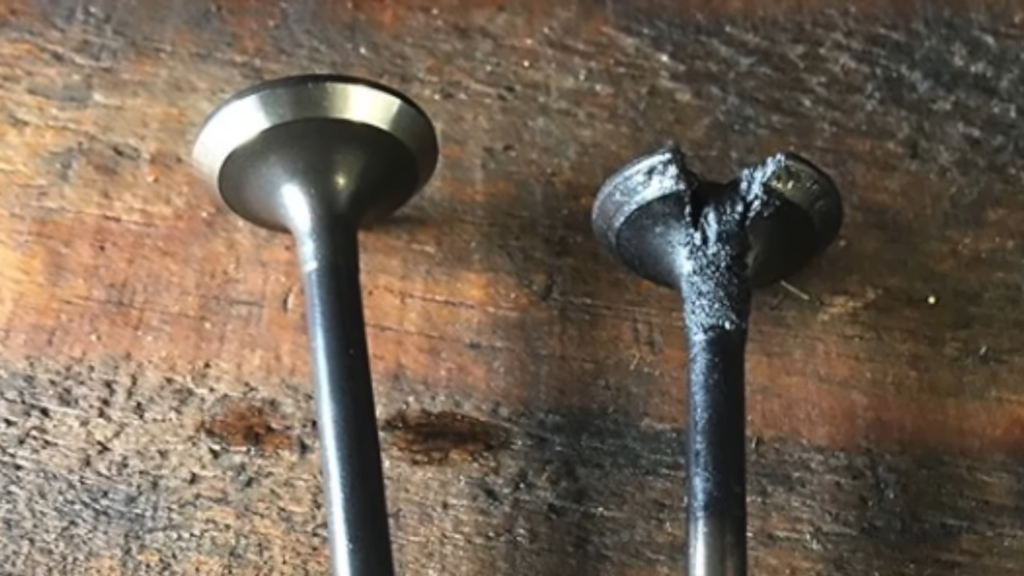
Low power and Misfire
Three key components are required for a gasoline internal combustion engine to function properly: a precise air-fuel ratio, a reliable spark, and sufficient compression. A burnt valve will prevent a cylinder from properly sealing, resulting in a loss of compression. Consequently, the engine will start to misfire
When the intake and the exhaust valve are bad, the engine will produce low power when combustion escapes between the valve and the valve seat; this will cause the exhaust valve to erode away, causing premature failure.
When valves are not sealing well, the cylinder compression will drop, causing low power.
Flashing check engine lights and misfire codes recorded in the computer memory
Your car’s engine computer, which is also called the powertrain control module, checks for problems that could cause more pollution, such as a misfire caused by a leaking exhaust valve. If the module finds such a problem, it turns on the check engine light and stores a diagnostic trouble code (DTC) in its memory.
How to check if you have a burnt exhaust valve
One dollar bill burnt valve test
You’ve maybe heard of the one-dollar bill test somewhere. It’s an easy way to detect if you have burnt valves. You don’t need a dollar bill; you can alternatively use a piece of paper or even a cloth.
The test will show us if the exhaust gases are re-entering the exhaust system, and the second method is using the dollar bill on the,
Grab yourself some cloth or tissue paper and hold it over the tip of the exhaust pipe; you will clearly see that the exhaust gasses are being sucked into the exhaust system while the engine is running, and the cloth will be pulled right back right in and them has blown back out by the exhaust gases, this shows that you have cracked, burnt or leaking exhaust valves.
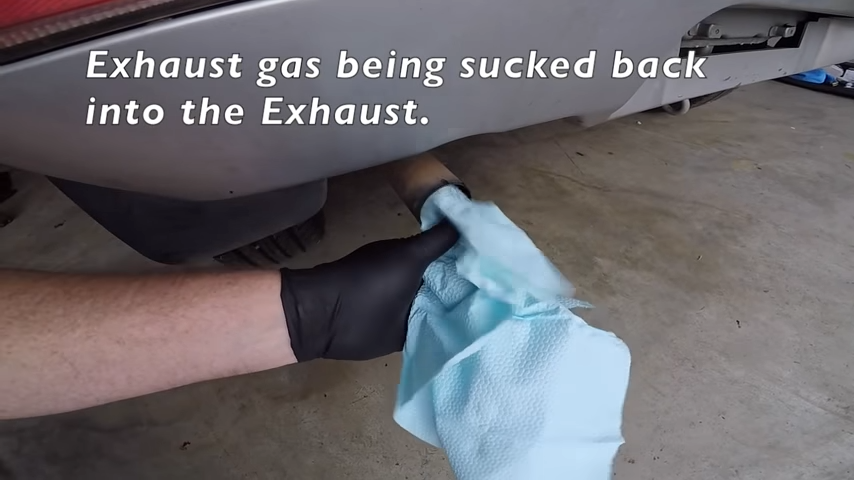
This trick works well when the exhaust valve is burnt because the cylinder will lose compression and then suck air in through the leaking valve surface during the power stroke.
Compression Test
After the intake cycle, when the piston goes back up, the air and fuel mix is pushed into the combustion chamber. The amount of pressure is shown in pounds per square inch (PSI). Compression standards vary from one manufacturer to the next. A compression test can tell you if your engine isn’t compressing enough, which means it’s losing power.
The engine compression test requires a single gauge to measure the most pressure the cylinder can build up in one second. In a compression test, the engine is turned to create pressure in the cylinder during the compression stroke, when the exhaust and intake valves are both closed.
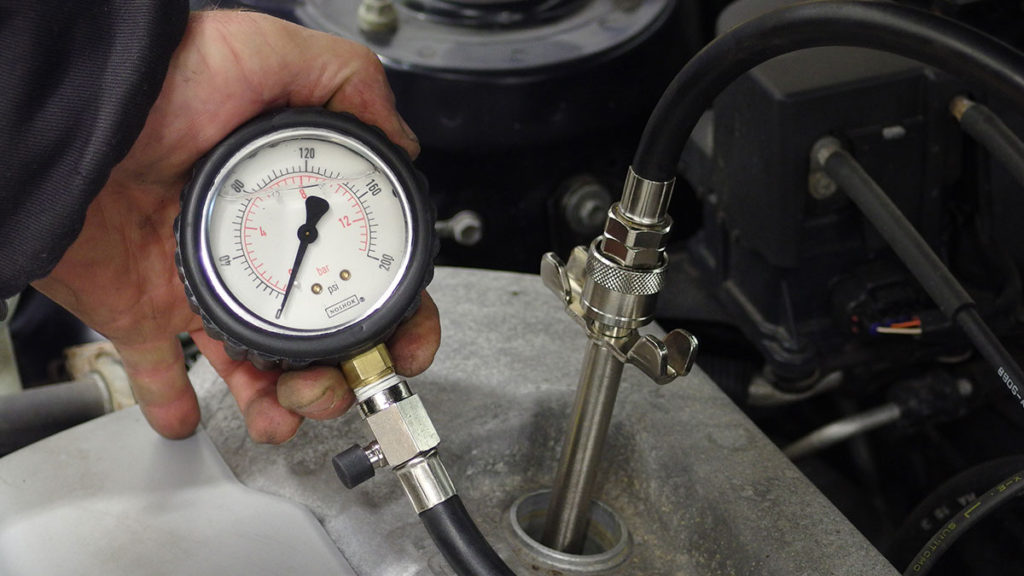
The compression test is done by putting the compression tester in the cylinder instead of the spark plug and running the engine.
As the engine pressures, the gauge recording will change and stay at its highest point. Let’s say the recorded pressure is 140 PSI from the first cylinder you measure; then, you will expect to get the same results from the remaining cylinders unless one of them has a burnt valve,
Take measurements of all the cylinders, then compare all cylinders reading. If you have a burnt valve, The compression test will result in a very low pressure, or it may show there is no compression at all.
A compression test can also help determine any mechanical issues besides bad valves, such as worn piston rings, cylinder walls, and bad head gasket.
Leak down test
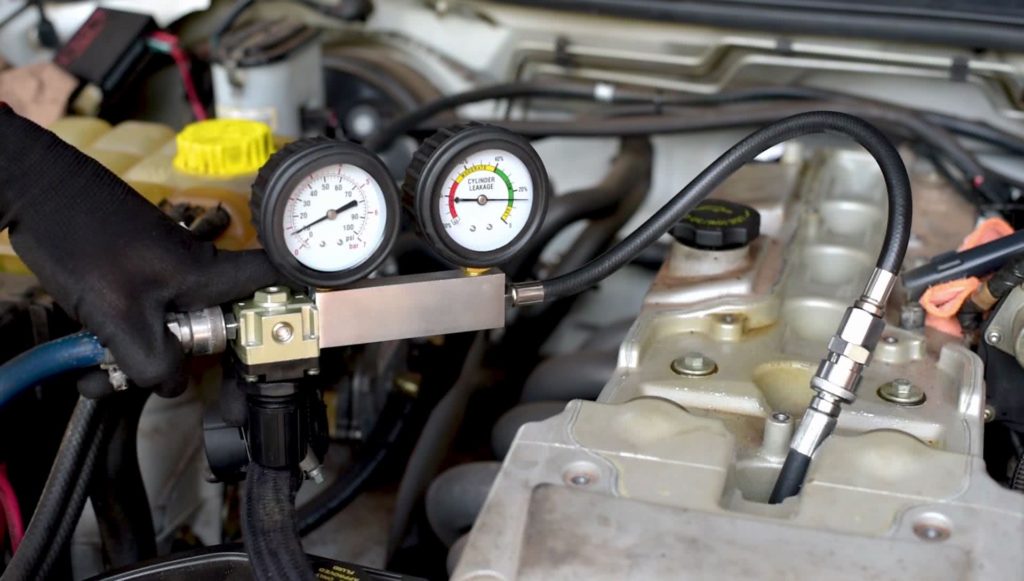
First, to make sure the exhaust and the intake valves are closed, then place the cylinder on power or compression stroke next, remove the ignition coil and spark plugs, use a sharp hose or air compressor and put air into the cylinder where the spark plugs are at,
A leak-down test fills the cylinder with air and puts pressure on it. Then, the amount of air that leaks out is measured using a set of gauges.
Most of the time, a leak-down test is the most accurate way. For the test, the cylinder is brought to the top dead center on the compression stroke (to seal it), and pressurized air is added to check for leaks.
You can do a liquid leak-down test if the cylinder head is off and you want to find out if a suspect valve is burned and leaking.
Now you’re sure you have a problem with your engine, you have to inspect the valves; this should be done by a professional because it requires removing the cylinder head, place the cylinder on power or compression stroke, make sure the intake and exhaust valves are both closed, remove the ignition coil and spark plugs, use a sharp hose or air compressor and put air into the cylinder where the spark plugs are at,
Exhaust Gases as an Indicator
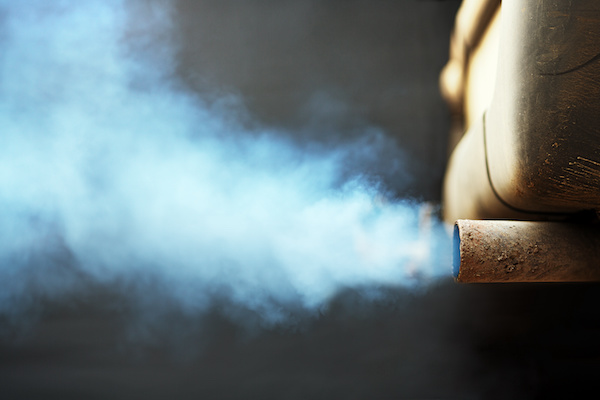
If compression is low, ensure no blue smoke comes out of the exhaust, indicating worn piston rings and cylinder walls.
But if blue smokes only last for less than 10 minutes, then that means the valve seals are bad; if there is white smoke coming out of the exhaust, then that is a sign of a blown head gasket,.
However, if there is light white smoke from the exhaust and it smells like gasoline, it is a sign that the valves are not sealing all the way and could be a sign of unburned fuel, which will eventually cause the catalytic converter to fail.
Inspect The Valves for leakage
Remove the cylinder head and check the valves for cracks or missing pieces. Next, make sure all the valves are closed. Using carburetor cleaner, brake cleaner, or lacquer thinner, spray or pour a lot of cleaner on the valve seat. The cleaner will seal right through the valve seats if the valves are bad and burned. At this point, the top end will need machine work.
How much does it cost to replace a burnt valve?
A burned valve (or the complete cylinder head) replacement is an expensive and time-consuming repair. You should typically budget between $800 and $2,000 if you decide to hire a professional to complete the task. The exact price will, of course, vary depending on many variables, including the year, make, and model of your car.
FAQ
What will happen if I drive on a burnt valve
If you’re sure you have a burnt valve, You shouldn’t keep driving with a burned valve because it could cause more damage to the car. For instance, a piece of the valve could break off, hurting other engine parts. Or, a misfire caused by a burned valve could hurt the catalytic converter.
What is the lifespan of an engine valve?
If you properly take care of your engine, I mean by taking care is to change the oil frequently, inspect and change the timing belt roughly every 100k miles. Then you will never need to change the valves; they will last as long as the engine lasts.

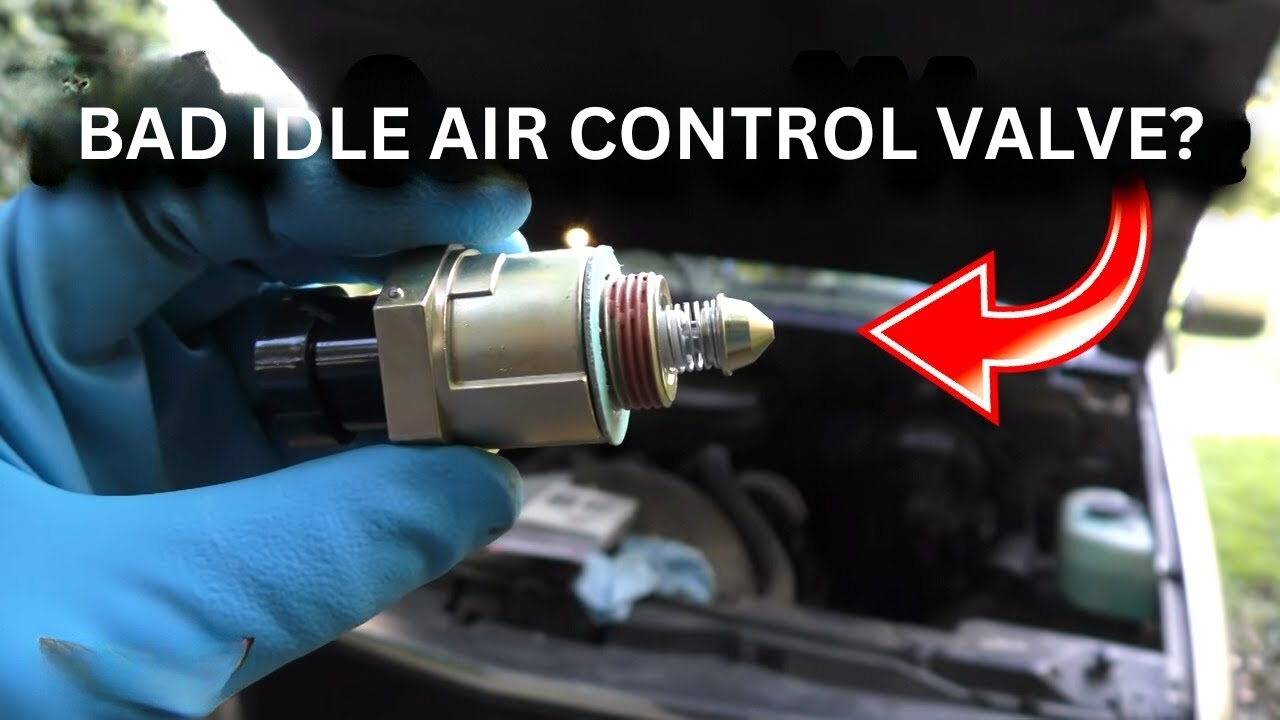
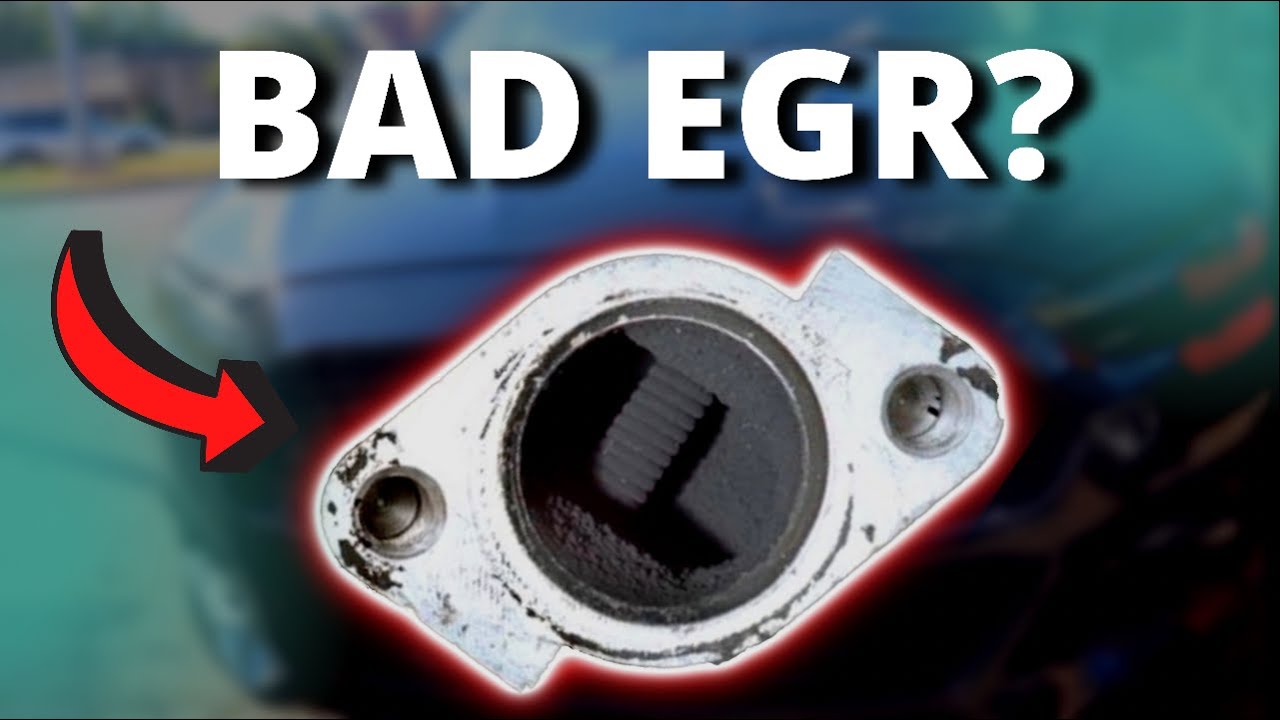
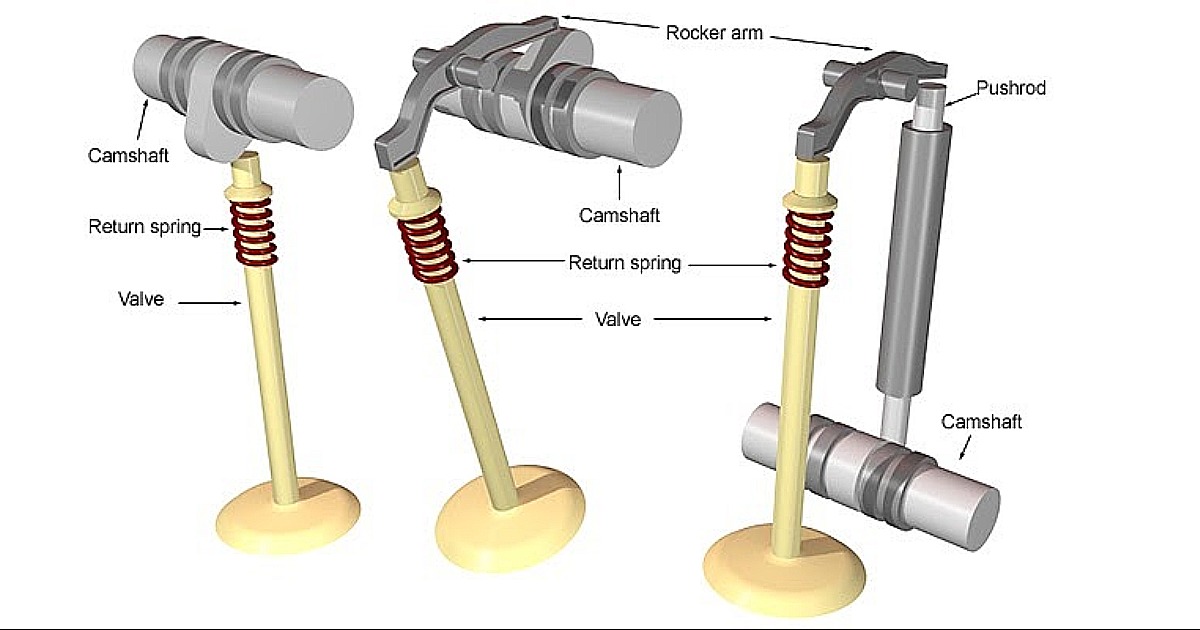
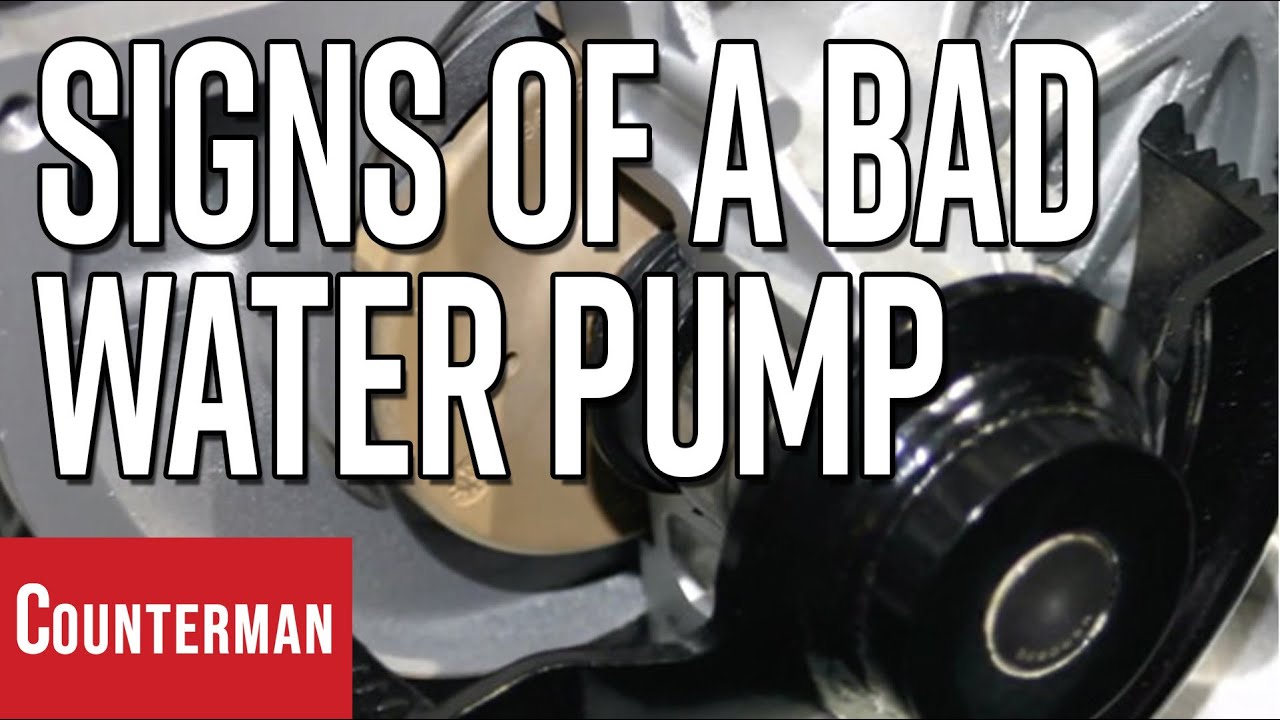
Have learnt quite a lot of information that is very important.